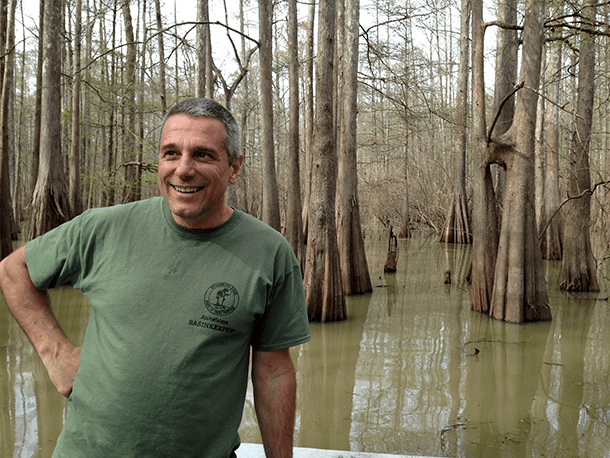These people are practically the last line of defense for Louisiana’s endangered cypress swamps
Dean Wilson is one of the defenders of the last remnants of Louisiana's cypress swamps.
The Atchafalaya Basin in Louisiana is one of the country’s last great cypress swamps, and a Spanish fisherman-turned-conservationist named Dean Wilson is fighting to protect it.
Most days you can find Wilson patrolling the flooded forests of the Atchafalaya Basin in his little powerboat. “The swamps of the Atchafalaya are considered by scientists the most productive in the entire world,” he says. “You can go to the Amazon and you may have more biodiversity, but if you get an acre of the Atchafalaya Basin you get more pounds of fish and crawfish than any other wetlands in the world.”
Swamps like the Atchafalaya once covered much of the American South, as the Mississippi River flooded over 24 million acres. But by 1920, the timber industry had logged nearly every cypress forest in the state. After the catastrophic 1927 Mississippi River flood, the Army Corps of Engineers built levees all up and down the Mississippi to protect cities like New Orleans.
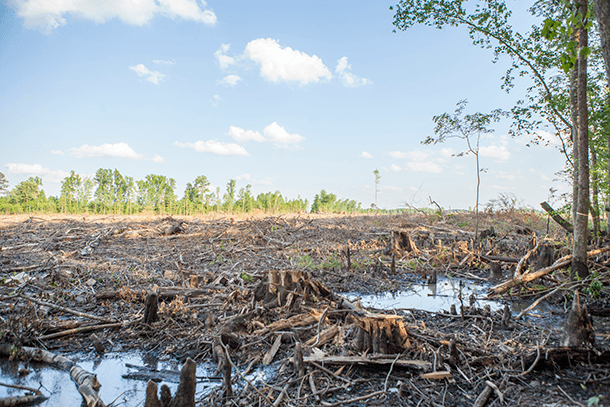
But the levees straightjacketed the river and prevented the natural flooding of Louisiana’s cypress swamps. “It drained all those forests,” says Wilson. “Farmers came in, they cut those trees down and today it’s mainly farmland.”
Like all swamps, the Atchafalaya is protected under the federal Wetlands Protection Act, but such laws are not always enforced in Louisiana. A few years ago Wilson noticed an uptick in illegal logging for garden mulch in the Atchafalaya.
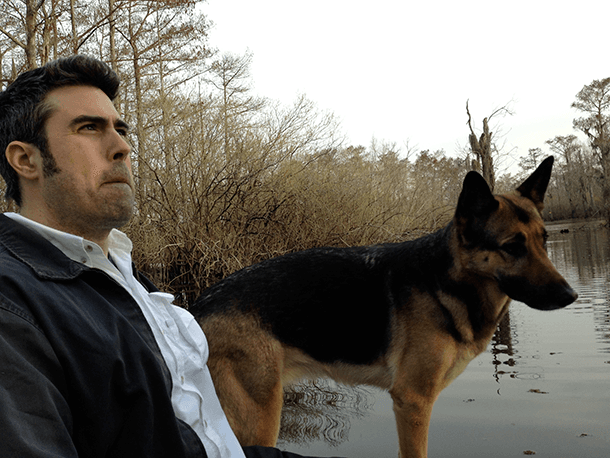
“[In the] late 90s, early 2000s, the Louisiana Department of Economic Development put an ad in a lot of national publications and it was a guy in a suit doing a back bend and it said Louisiana bends over backwards for business. And that’s really been the culture in Louisiana — is that the wealthy business people give away all of our natural resources and our tax monies for business,” Orr says.
In the past ten years those businesses include European power companies, which have begun harvesting wood in the Southern US to burn for power back home. Western Europe tightly regulates what forests it has left, so energy companies harvest trees from states like Louisiana, Mississippi and North Carolina, where a lot of woodlands are on unregulated private land.
“Essentially it’s the wild wild west of logging,” says Adam Macon of the environmental group the Dogwood Alliance. “Companies can come in and log anywhere … generally unchecked. So it’s the perfect place for an expanding industry like the wood pellet industry to come in and get a lot of wood cheaply and quickly,” he says.
This form of energy is called biomass, and right now it’s classified as renewable and given EU renewable energy subsidies. “If the subsidies were not incentivizing [biomass], this would not be a feasible industry,” Macon adds.
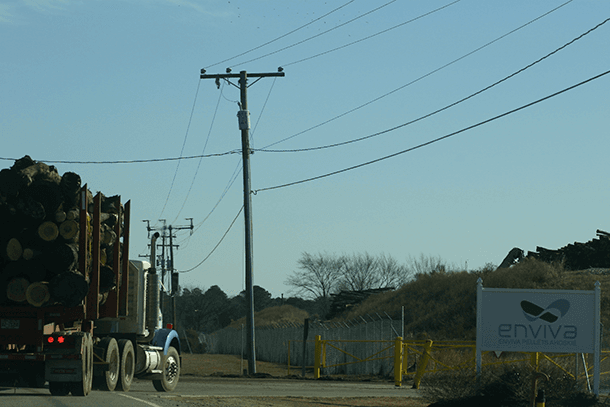
“[But] the issue is … that trees take a long time to grow back,” says Macon. “When you’re thinking about the carbon analysis from that perspective and in terms of mitigating climate change, we don’t have 50 or 60 years to wait.”
Wilson says it’s absurd to think of the cypress trees in the Atchafalaya as a renewable resource. “What people think when they hear that is that these wild forests in Louisiana are renewable and if you cut them down, they come back. They have the potential in theory to come back but in reality they don’t."
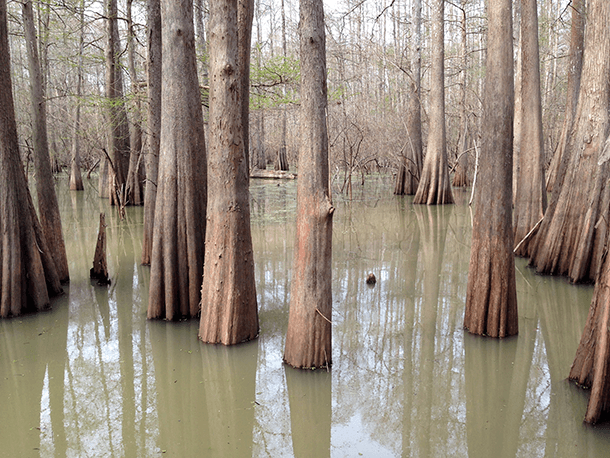
In the Atchafalaya, the hydrology has changed so much since the Army Corps of Engineers started building levees on the Mississippi that there’s almost no chance for cypress regeneration today. But forestry professor Dale Greene of the University of Georgia says the best thing for the climate is to have lots of trees on the landscape. Because so much of the South is privately owned, you need industries like biomass to encourage landowners to keep their property covered in trees.
“What we’ve clearly seen historically is the stronger the markets for wood, the more likely landowners are to replant,” he says. “Our real threat to our forest acreage is landowners deciding to harvest their trees and put it into row crops, or put it into pasture and put cows on it.”
It’s unclear whether biomass producers will ever log the Atchafalaya Basin. A British power company called Drax recently built several wood processing facilities in Louisiana, but so far it’s been using pine from plantations. In April 2015, Wilson met with Drax officials who assured him that they would not harvest cypress from wetlands like the Atchafalaya. The company says that it uses mostly waste wood and leftovers from timber harvests, but officials at the Dogwood Alliance, which is based in North Carolina, say they’ve seen wetland clear-cuts for biomass in their state.
“We know from North Carolina and Virginia that this industry and pellet manufacturers such as Drax and Enviva are not above logging in wetland forests,” says Macon. “They’re actively doing it and they’re going to do it in Louisiana if they can get their hands on it.”
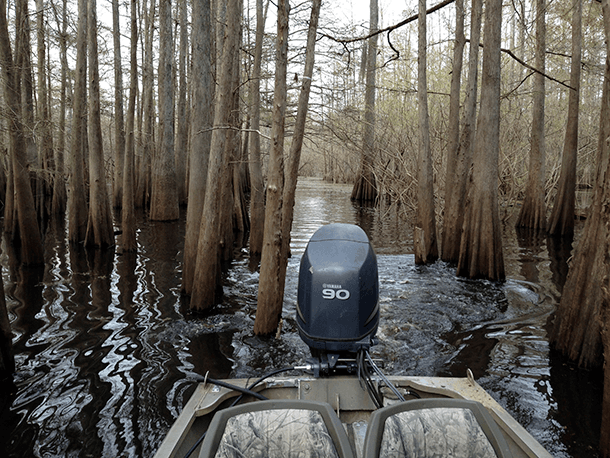
“The problem is most Louisianans have never been in a swamp,” he says. “Hollywood gives you the image of a swamp being a nasty place. Dead, full of mosquitoes, so who cares if they cut it down?”
Whether people know it or not, wetlands like the Atchafalaya are vital to the state. They shelter cities from storms, provide fish habitat for the lucrative seafood industry, and they’re uniquely of this place.
“The swamp epitomizes the heart and soul of Louisiana,” says Orr. “It’s where the Cajun culture evolved. You can quantify it by saying its important for migratory birds … it reduces storm surge, but there’s also a sort of intangible connection that Louisiana has to the swamp.”
But Louisiana has also long played host to many of the nation’s extractive industries. Orr says oil, timber and chemical companies have been pillaging the state’s natural resources for years, and there’s a limit to how much Louisiana can give. “When all the oil is gone, when all the trees are cut down, what is Louisiana going to have? These are the things that are so important to preserve for future generations because it’s really what makes Louisiana unique.”
